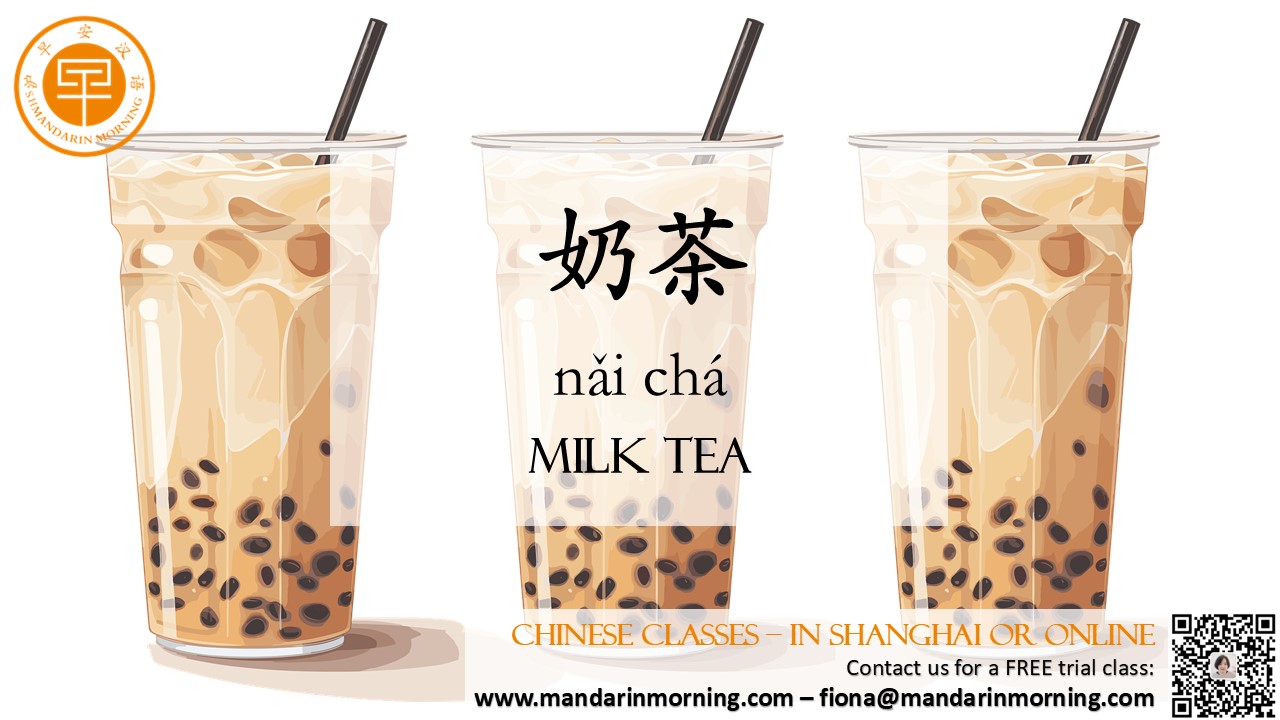Milk tea, known as "奶茶" (nǎi chá) in Chinese, has become a beloved beverage not only in China but also worldwide. This creamy, sweet drink has transcended its status as a simple refreshment, becoming a symbol of comfort and cultural exchange. History and Popularity: The origins of milk tea can be traced back to the British colonial period in India, where it was a blend of Indian tea with milk and sugar. However, the modern version of milk tea, as enjoyed in China, is a unique fusion of tea, milk, and various flavors. In recent years, "奶茶" (nǎi chá) has gained immense popularity, especially among young people, who often pair it with their study sessions. Cultural Significance: In Chinese culture, "茶" (chá), or tea, has a long-standing history and is considered an art form. The addition of milk to this traditional drink has created a new cultural phenomenon. Milk tea represents a blend of the old and the new, a symbol of modern China's openness to global influences while maintaining its own identity. It has become a conversation starter, a way for students to connect over shared tastes and experiences. Variations and Flavors: Milk tea comes in a myriad of flavors, from the classic "原味" (yuán wèi) or original flavor to more adventurous options like "红豆" (hóng dòu), "珍珠" (zhēn zhū), and "奥利奥" (ào lì ào). Each flavor offers a different experience, catering to a wide range of preferences. The "珍珠" (zhēn zhū), or tapioca pearls, add a unique chewy texture that has become a signature of the drink. Social Impact: Milk tea has also become a social phenomenon, with "奶茶店" (nǎi chá diàn), or milk tea shops, becoming popular gathering spots. These shops are not just places to buy a drink; they are communal spaces where students can practice their Chinese language skills, share stories, and make friends over a cup of "奶茶" (nǎi chá). Milk tea, or "奶茶" (nǎi chá), is more than just a beverage; it's a cultural staple that has found its way into the hearts and routines of Chinese language learners. It serves as a bridge between different cultures and a testament to the adaptability and creativity of the Chinese palate. As you sip on your next cup of milk tea, remember the rich history and cultural significance that each flavor holds, and enjoy the sweet taste of learning and connection. |